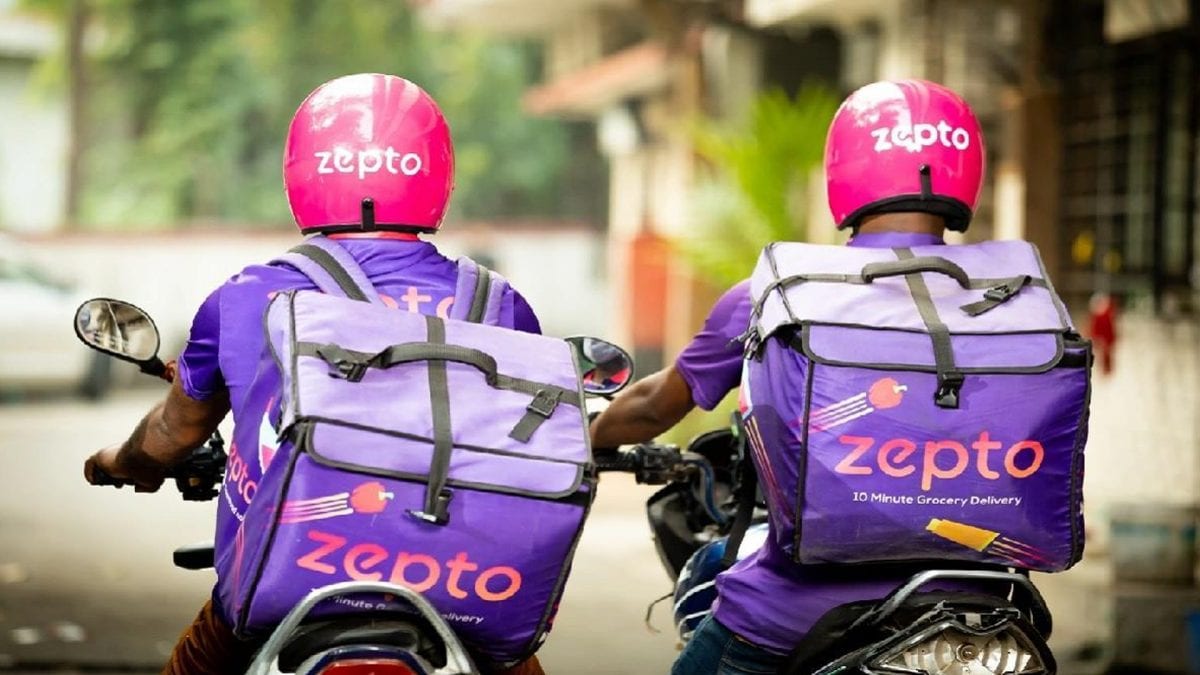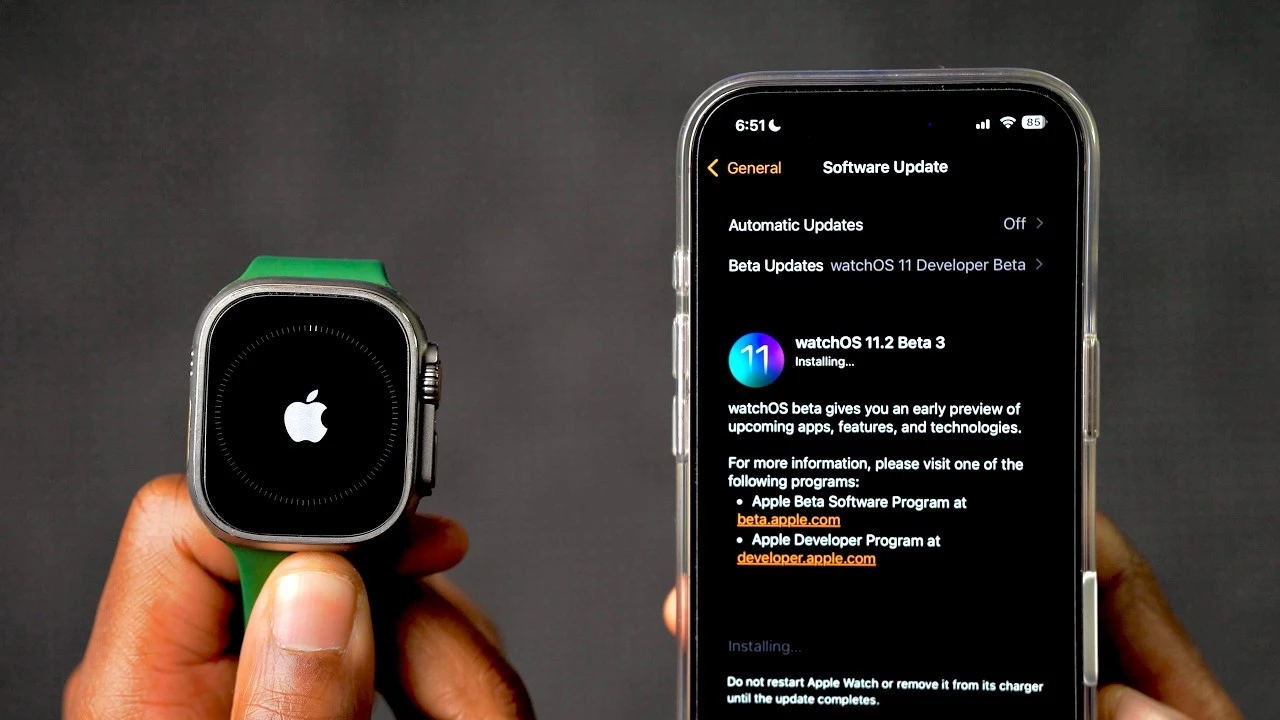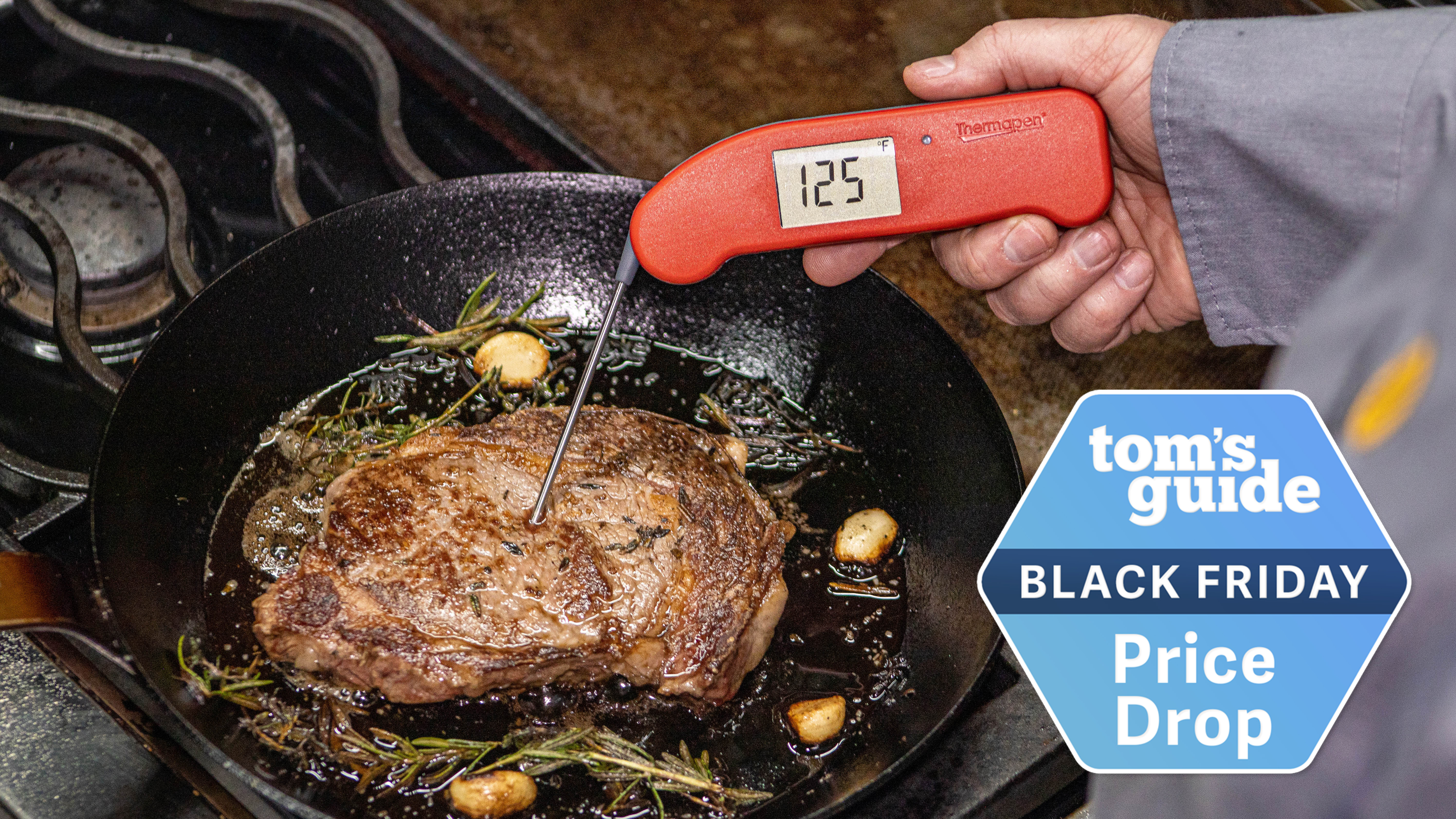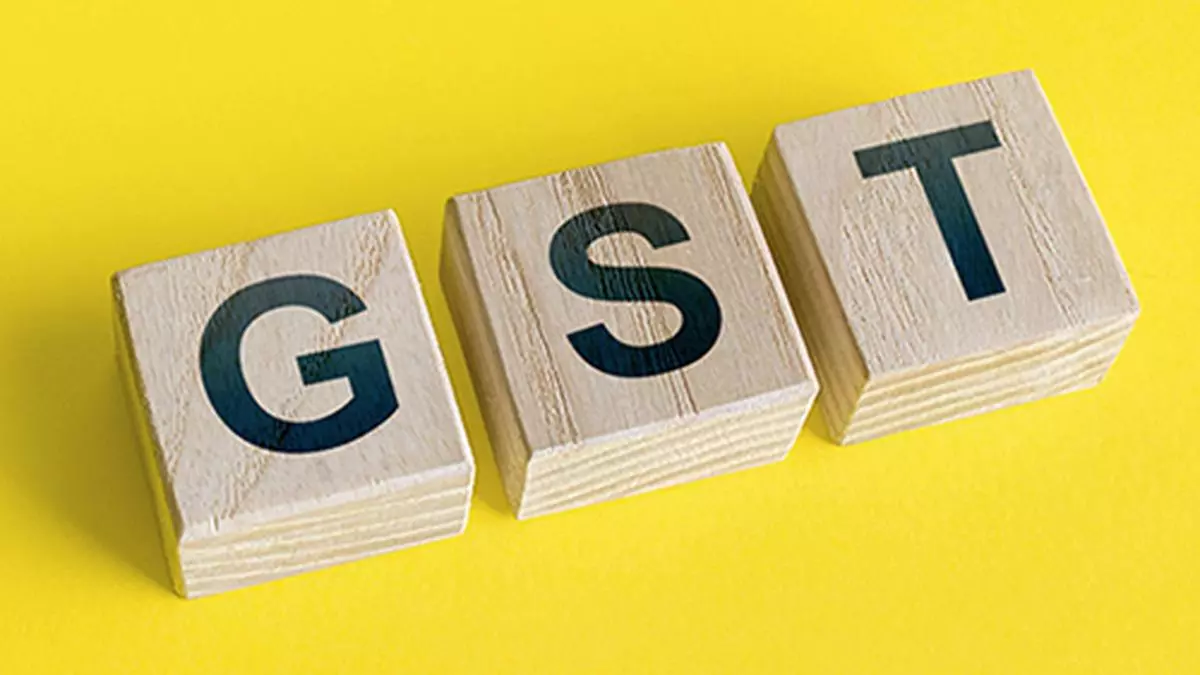
Online shopping is reshaping consumer behaviour in urban India, with metro residents increasingly shifting from small, frequent purchases to bulk buying. E-commerce and quick-commerce platforms have become dominant, offering convenience and variety to urban consumers, as per a report by the Economic Times. Over the past five quarters, these platforms have grown 30 per cent year-on-year, reflecting a significant change in shopping habits as per retail market tracker NielsenIQ.
The trend is particularly evident in food categories, with ready-to-eat items seeing a 52 per cent growth in sales through e-commerce platforms as of September 2024. Other popular products include salty snacks, edible oils, biscuits, and packaged flour, all recording over 39 per cent growth. Industry giants such as Nestle, ITC, Hindustan Unilever, Dabur, and Emami have acknowledged the rapid rise of quick-commerce platforms like Blinkit, Swiggy Instamart, Zepto, and Big Basket’s BBNow, particularly for staples like rice, atta, and edible oils.
Quick-commerce platforms have emerged as a game-changer, now contributing 85 per cent of incremental sales in metro markets for the September 2024 quarter. Just a year earlier, offline channels dominated with the same share, underlining the remarkable shift to digital platforms. Consumers in metro cities are increasingly turning to these platforms not just for top-ups but for monthly bulk purchases, a trend driven by ease of access and time-saving delivery options.
The shift has led companies like Dabur and Nestle to adjust inventory in traditional trade channels, reflecting the growing preference for online purchases. Nestle, for instance, reported its highest-ever e-commerce contribution of 8.3 per cent to domestic sales during the July-September quarter, with half of that coming from quick commerce.
Despite the surge in e-commerce, neighbourhood grocery stores continue to account for 85 per cent of FMCG sales nationally. However, their dominance is shrinking in metro markets as consumers lean towards the speed and convenience offered by quick commerce. Companies acknowledge the enduring relevance of traditional trade but note that online channels are increasingly capturing the urban market.
Quick-commerce platforms are also diversifying their offerings, delivering items such as apparel, electronics, and jewellery within minutes. However, these categories, being large-ticket or planned purchases, may not grow at the same pace as FMCG products. It remains to be seen how sustainable this model will be for non-FMCG categories.
According to Redseer Strategy Consultants, India’s quick-commerce market is expected to hit $6 billion by March 2025, growing at a rate of 75-85 per cent. This growth is being fuelled by an additional 5 million monthly users and a 20 per cent rise in spending per transaction. As digital platforms continue to revolutionise the shopping experience, the tug-of-war between convenience-driven online channels and traditional retail is shaping the future of urban India’s consumer landscape.
.














